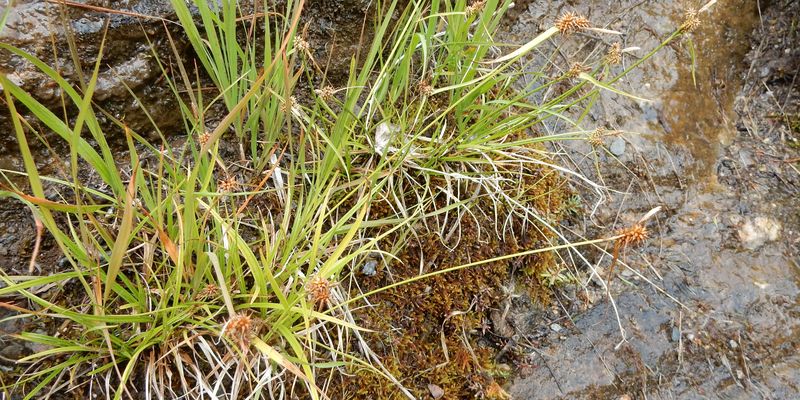Data use
Separating the sedges using population genomics and niche modelling
Published 3/30/2022
Study using ecological niche modelling combined with DNA sequencing reveals species complex as distinct evolutionary entities

The science of delineating organisms within the proper taxonomic boundaries has improved significantly with the introduction of molecular based analysis, allowing for conclusions based on chromosome numbers, protein markers and other sequence information.
This study combined morphological analysis with population genomics and ecological niche modelling to assess taxon limits within the Carex jemtlandica–Carex lepidocarpa species complex, plants belonging to the large Carex genus of more than 2,000 species of grass-like plants, commonly known as sedges.
By sequencing and analysing DNA from 192 individuals collected primarily in eastern and central Norway, the authors reveal two distinct genetic clusters, largely corresponding to C. jemtlandica and C. lepidocarpa.
Using GBIF-mediated occurrences of Carex spp. specimens combined with bioclimatic data, the authors employed a multiple ensemble modelling approach, effectively creating an average model of seven different algorithms. Comparing the resulting models indicated that the two species occupy completely different environmental niches.
The overall result suggest that C. jemtlandica and C. lepidocarpa are separate and evolutionarily significant entities.